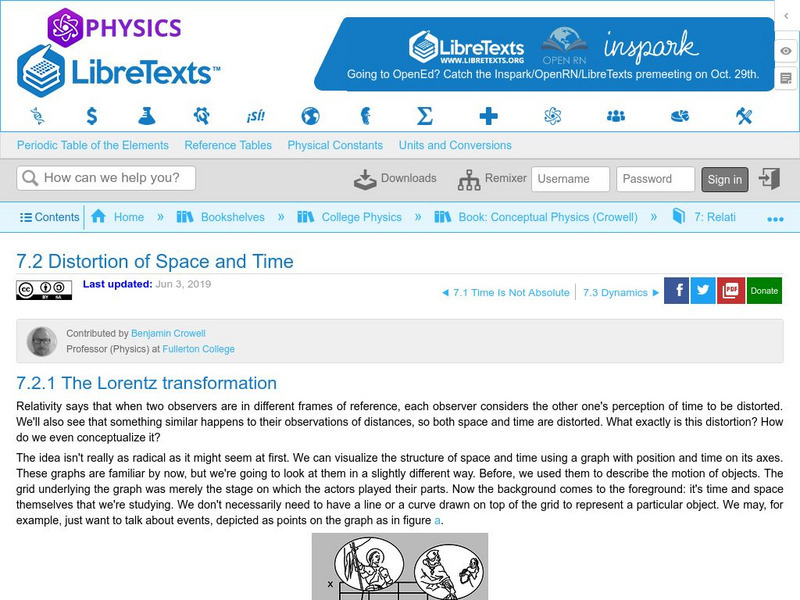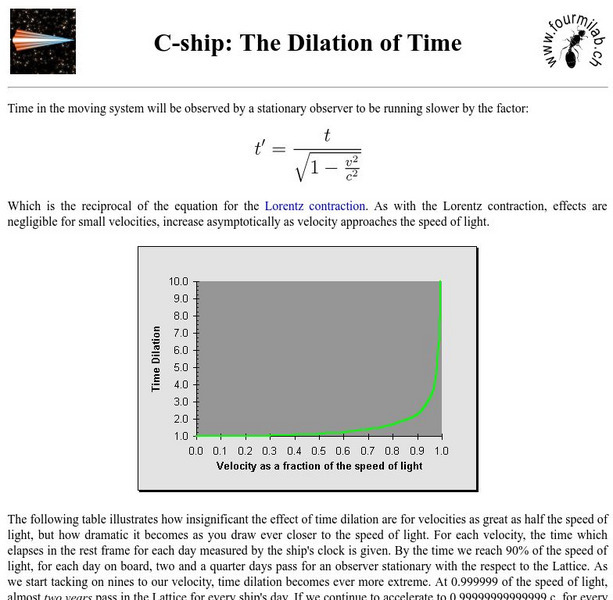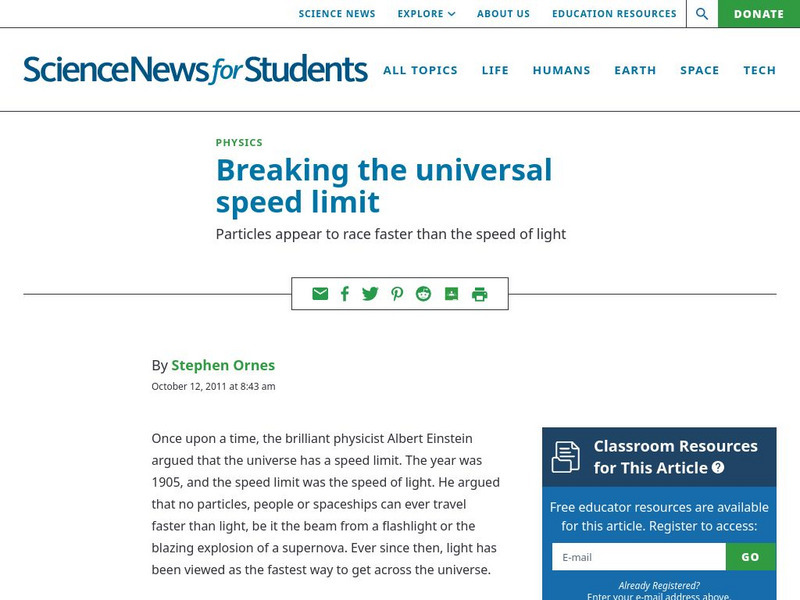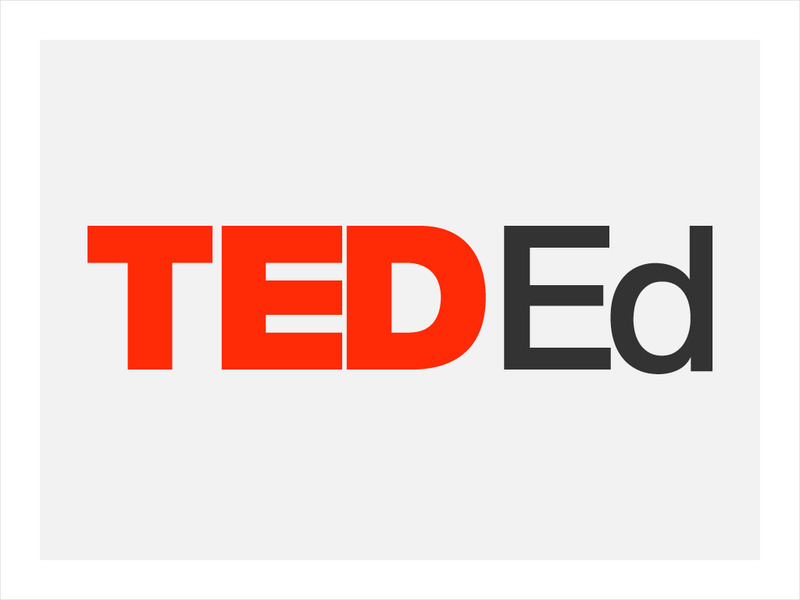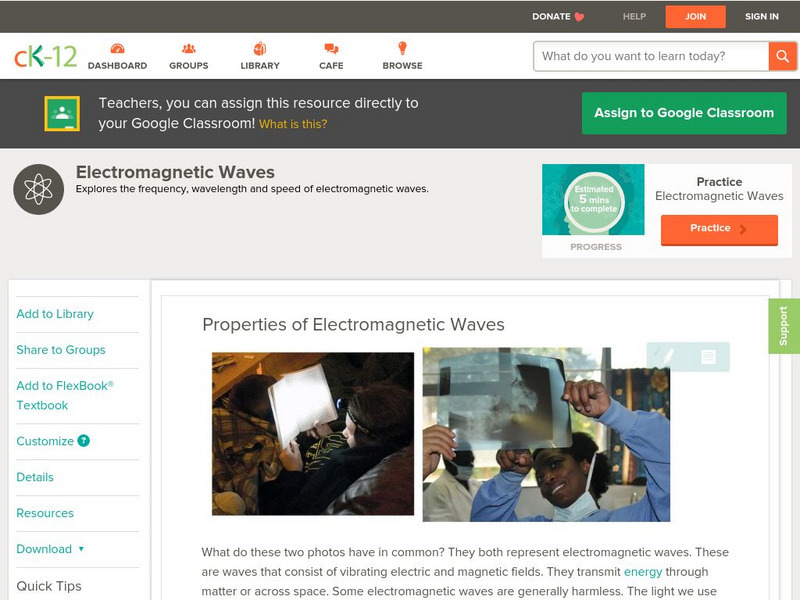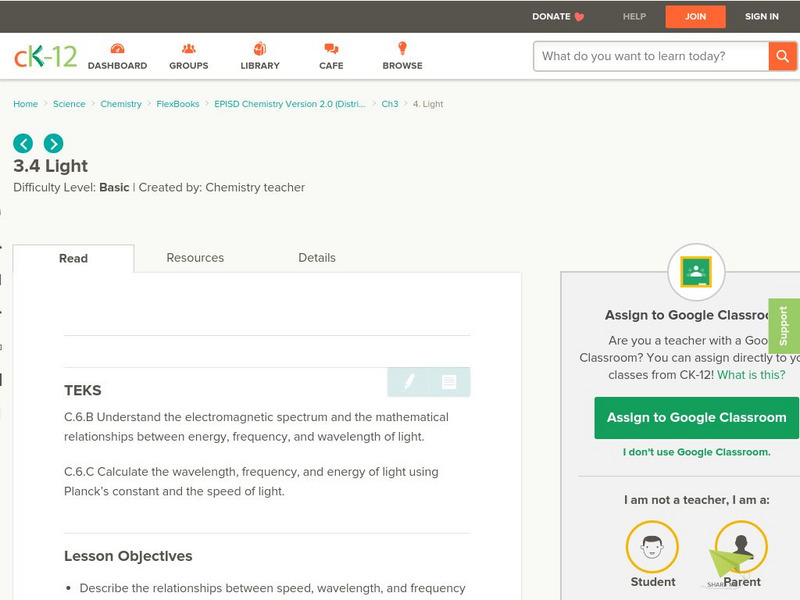Hi, what do you want to do?
Libre Text
Libre Texts: Physics: Distortion of Space and Time
If the speed of light remains a constant then time and distance change. Oh, it can be confusing! This text will help clear up the confusion. Discussion questions should serve to reinforce comprehension.and exercises
CK-12 Foundation
Ck 12: The Quantum Mechanical Model
[Free Registration/Login may be required to access all resource tools.] In the following online tutorial students will calculate the wavelength, frequency, and energy of light using Planck's constant and the speed of light. They will...
Fourmilab Switzerland
John Walker: C Ship: The Dilation of Time
A good mathematical account of what happens to time as you approach c: the speed of light. Also provides a rather a fascinating video (fly through the Lattice) - don't miss it. Take some time and explore this site.
University of Minnesota
University of Minnesota: Refraction of Light
This page is a continuation of a tutorial about light reflection and refraction. It contains a diagram and suggestions on how to derive Snell's Law, which governs the refraction of light in a medium. For background to this derivation,...
Science Struck
Science Struck: How Does Light Travel Through Space and Other Media?
A detailed discussion of the nature of light, how it can travel through a vacuum, and how the speed of light is affected when light travels through a medium.
PBS
Pbs: Nova: Time Travel: Think Like Einstein
Addressed with questions about relative speed and the speed of light, students begin to "think like Einstein" while exploring the science behind the mystery of time travel.
PBS
Pbs Learning Media: Space Math Scale of the Solar System
Practice Space Math! Math is the cornerstone of space travel. Familiarize yourself with all the ways math can help you study the solar system. Practice math problems in areas such as speed of light, the distance of planets to the sun,...
Physics Classroom
The Physics Classroom: Refraction and Ray Model of Light: Direction of Bending
In this interactive physics tutorial about refraction, students investigate the topic of the direction of bending of a light wave.
NC State University
Pira Demonstration Catalog: Speed of Light
A series of short descriptions of possible physics demonstrations for illustrating or measuring the speed of light. Suitable as a supplement to a teacher lesson plan or as an idea-generator for student projects.
Society for Science and the Public
Science News for Students: Breaking the Universal Speed Limit
Describes research into whether neutrinos travel faster than the speed of light.
American Museum of Natural History
American Museum of Natural History: O Logy: Train of Thought
Try out your ability to think like Einstein by working through two thought experiments that help explain how satellites stay in orbit and how the speed of light affects the universe.
TeachEngineering
Teach Engineering: Navigating at the Speed of Satellites
For thousands of years, navigators have looked to the sky for direction. Today, celestial navigation has simply switched from using natural objects to human-created satellites. A constellation of satellites, called the Global Positioning...
BBC
Bbc: Gcse Bitesize: General Properties of Waves
Light travels as waves. Waves can be described by their amplitude, wavelength and frequency. The speed of a wave can be calculated from its frequency and wavelength.
Stanford University
Stanford University: Conventionality of Simultaneity
This site from Stanford University is on the topic of simultaneity in relativity.
Physics Classroom
The Physics Classroom: Optical Density and Light Speed
A tutorial page explaining how the speed of light is dependent upon the optical density of the material through which it moves. Optical density is related to the index of refraction; sample values are given.
TED Talks
Ted: Ted Ed: The Fundamentals of Space Time: Part 2
In this second installment of a three-part series on space-time, CERN scientists Andrew Pontzen and Tom Whyntie use a space-time diagram to analyze the sometimes confounding motion of light. [4:50]
Physics Classroom
The Physics Classroom:refraction/ray Model of Light: Optical Density/light Speed
In order to understand refraction, students will explore the factors that affect the speed at which a light wave is transported through a medium.
University of Texas at Austin
The University of Texas Mc Donald Observatory: Super Gelatin
Learners measure the angles of refraction of laser light traveling through gelatin, then plot their data to calculate the gelatin's index of refraction.
Symmetry Magazine
Symmetry Magazine: Explain It in 60 Seconds: Cherenkov Light
Cherenkov light is explained here as the light emitted when a charged particle travels through matter faster than light would be able to. This would be slower, however, than the maximum speed of light, which occurs in a vacuum. "Explain...
CK-12 Foundation
Ck 12: Physical Science: Properties of Electromagnetic Waves
[Free Registration/Login may be required to access all resource tools.] The speed of electromagnetic waves, their wavelengths and frequencies and how to calculate wavelength or wave frequency.
CK-12 Foundation
Ck 12: Physical Science: Refraction of Light
[Free Registration/Login may be required to access all resource tools.] Discusses refraction of light in matter and how light changes its speed and angle of refraction according to the type of medium it is travelling through.
University of New South Wales (Australia)
University of New South Wales: Einstein Light
Einstein Light highlights the Theory of Special Relativity and related topics. Learn how Galileo, Maxwell, and Einstein contributed to our knowledge of relativity, electricity, magnetism, and time by watching fun, interactive modules.
Science4Fun
Science4 Fun: Light
What is light? Illustrated discussion of the speed of light, how we see colors, and how light helps us.
CK-12 Foundation
Ck 12: Light
[Free Registration/Login may be required to access all resource tools.] In the following tutorial students will describe the relationships between speed, wavelength, and frequency of light. They will understand the photoelectric effect...





